The Valleys: A heart-stopping, soul-stirring force of an exhibition
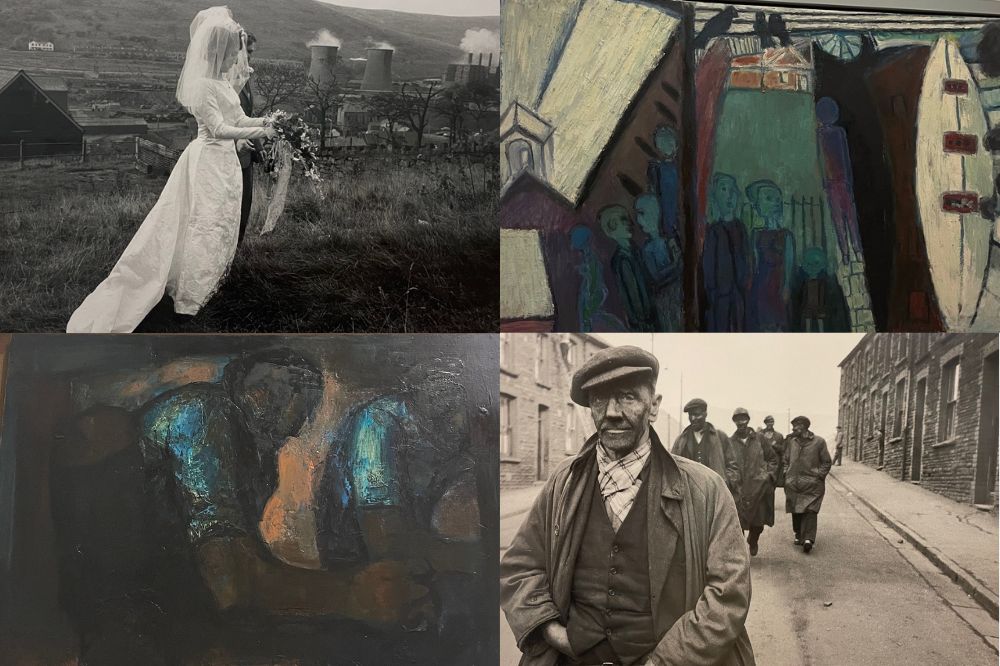
Stephen Price
I find it hard to write on command.
The things I write that I’m most proud of, I feel are conjured.
Harnessed from outside of me and put to the keyboard.
A compulsion to put things out into the world and release some pressure from a struggling and overloaded brain.
This isn’t one of those, unfortunately.
It’s not been easy to write, and I’ve put it off for weeks. I won’t do it justice. I can’t.
But if I can be of service, if I can put my head down and encourage just one other person to visit the Valleys exhibition at Cardiff Museum, then the second month since I visited (for the first time) will be a little easier to manage than the first.
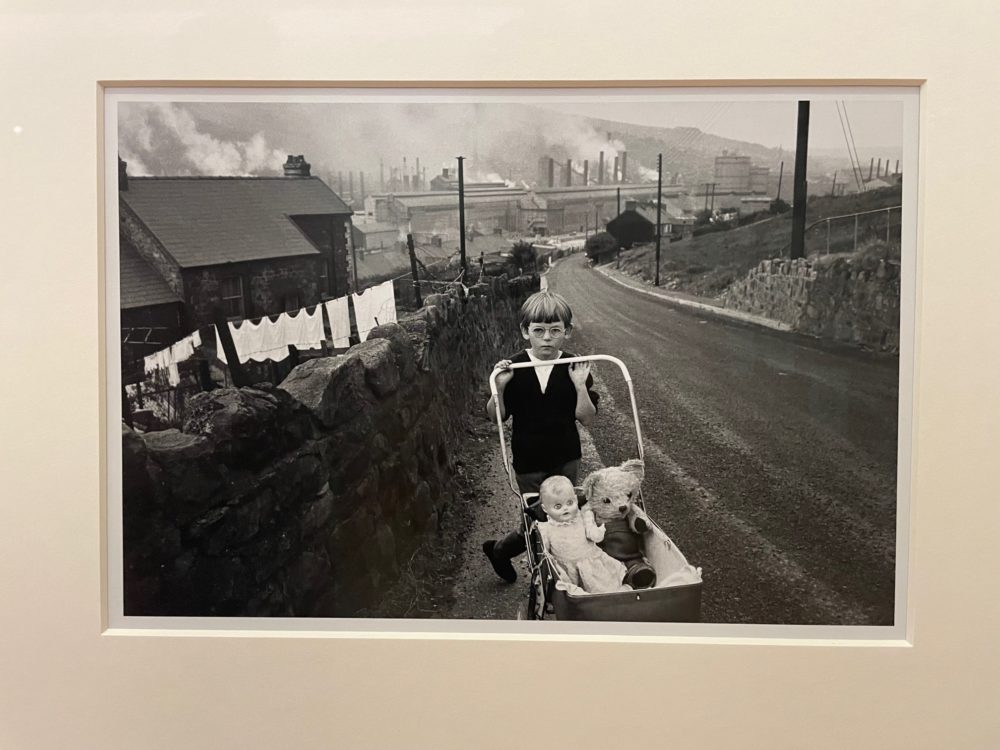
I’ll have done it. I’ll have got somewhere close to conveying how utterly utterly special, and important this exhibition is.
And trust me – it really is.
Copy. Paste. Next.
Not that we like to complain, but the surviving reporters of the world spend their days spinning plates at an edge of the seat intensity to keep the news engine running, never quite fully breathing in, and when the working day is done our brains taunt us if we even dare try to relax, ever-primed to look for a story.
Constant creation, phoning, emailing, posting on social media, scouring the net, and all the while being told off by readers for a mistake, an opinion, an omission, or for simply not doing things the way they would.
The Valleys exhibition was an easy win, however. A press release. All done and dusted and ready to lift as is.
See it, grab it, tweak it, publish, NEXT.
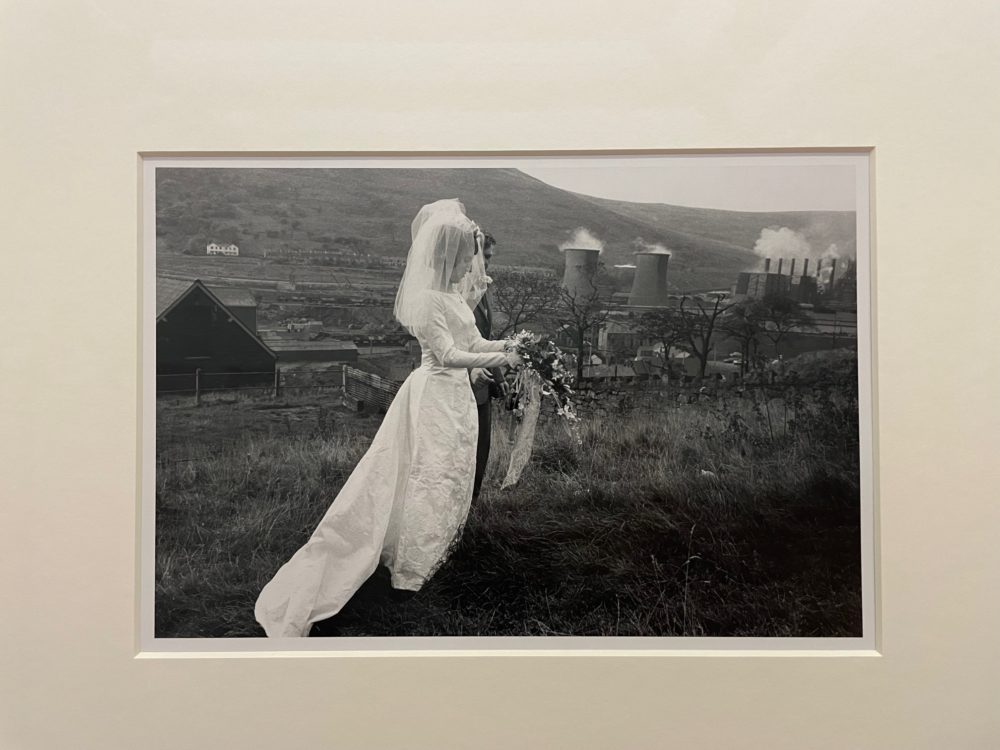
A few weeks after its publication, I headed to Cardiff on the train to momentarily escape the four walls and the eight paws, and to be as far away from the laptop as possible just for a few hours.
I had no plans for the day, I’m no fan of shopping, but it was a change of scene… Tired of the crowds almost at the outset, however, I suggested finding an independent cafe, and found a new-ish one online that happened to be near the museum (Oat and Bean should you be in the vicinity!)
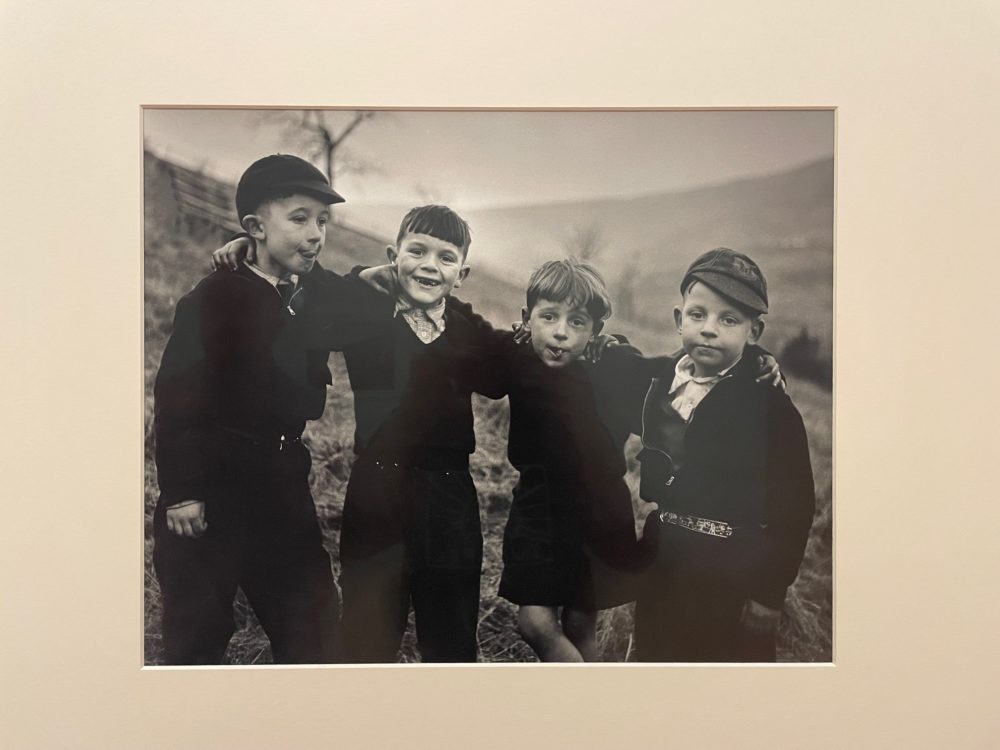
Satiated, my friend and I headed back out into the sunshine, and a seed planted in my brain from the press release came to mind, and we decided to head across the road to the museum.
Purposeless wandering on a dog-free day, but missing them a little all the same.
Mynediad i’r gorffennol/Entrance to the past
Climbing the steps to the first floor and stepping into the exhibition, I expected the time-killing to continue.
To snake my way through a few rooms before finding a Kyffin Williams, Van Gogh or Monet to make my journey worthwhile, and to get back home to the dogs as soon as possible in case one of us succumbed to the mutual separation anxiety.
Entering to a wall of photographs, I was struck with a feeling I’ve never had in any exhibition ever, and I’m sure never will again.
Not so much a sucker punch as an awakening.
I was present. And I was seeing myself.
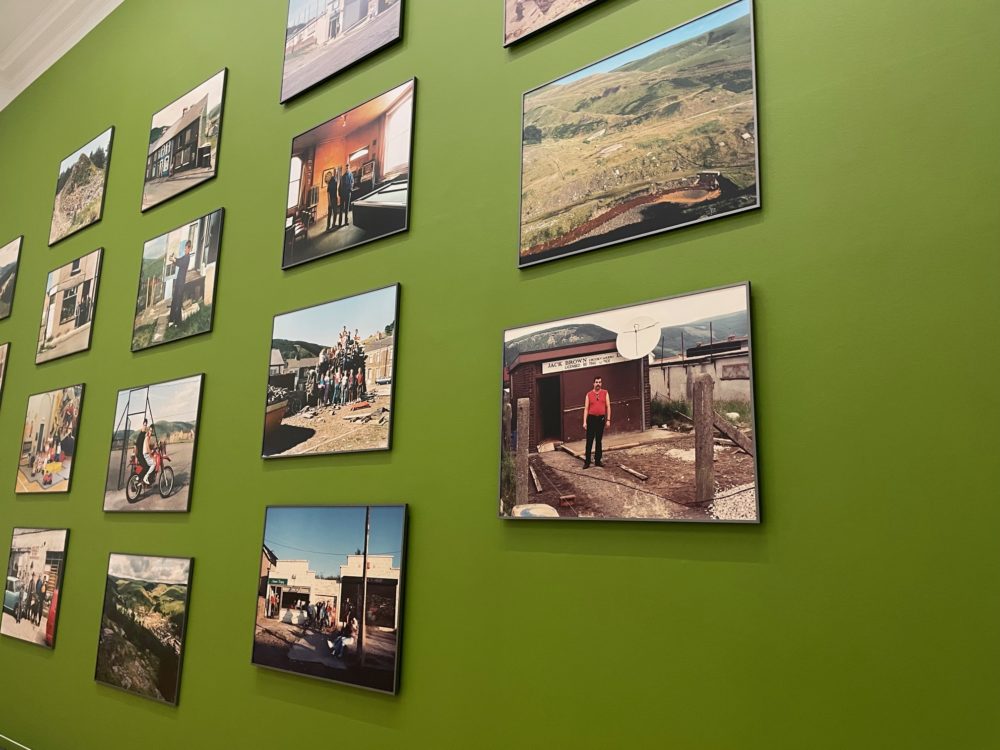
In the nameless photos, I saw traces of my peers, my friends, my mum, my nan, everyone I’ve ever known.
And, for perhaps the first time – as outsider looking in – I saw our poverty.
I don’t want to make this about me, but that’s the thing about this exhibition – that is exactly what it is. And for anyone else of valleys stock, it’s about you too.
The way we lived. The people we were. And the reason why we are the people we are today.
My resounding feeling from the first photo, to the next, to the next room, and the next after that – to the paintings, the furniture, the streets, the landscapes, the industrial spoils that were our playgrounds, the ghosts of our ancestors who worked these lands – was one of realisation.
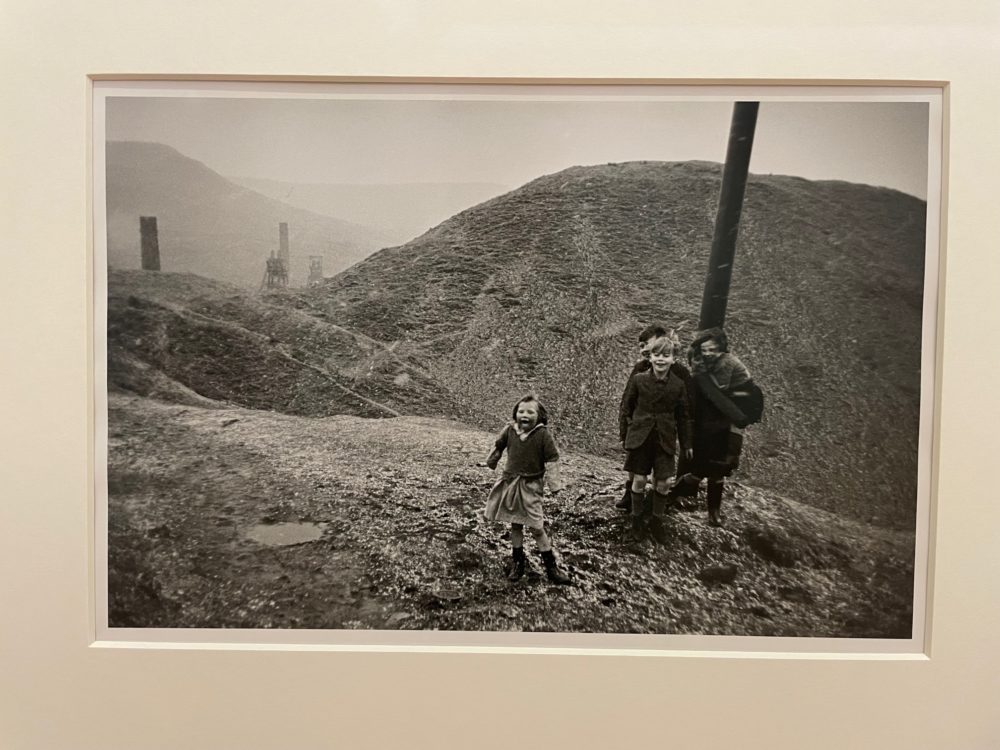
Realisation that this brutal beautiful world that I grew up in, that is largely no more, or that has certainly adapted, is so unique and alien to the rest of the world.
The outside world, a make-believe.
English and American TV and music a backdrop that isn’t real. The accents on EastEnders and the like, alien… This is how the whole of the world lives, surely?
We all know our neighbours, we all have cousins here there and everywhere, our mam and dad went to the same school, everyone did.
Our granddads worked down the mine. Some of our dads did too. We dressed as them for St David’s Day with our faces blackened by coal from the coal cot.
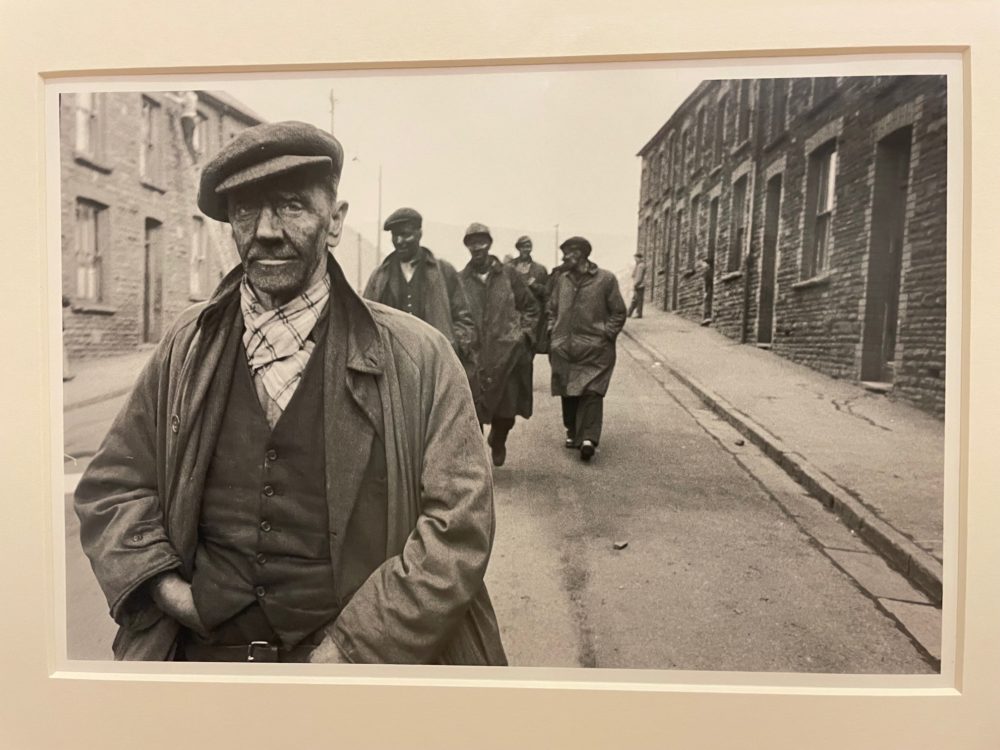
We went on Sunday School Walks.
We wore our brothers’ and sisters’ hand me downs, hung out at the bus stop.
Pissed around at the pub on Sundays for a day out, hid and sought in abandoned ironworks, railway tunnels and patches of Celtic rainforest.
Sheep descended on our towns and villages with lambs in tow. Our parents lived payday to payday, family allowance to family allowance.
We all had nothing and everything at the same time. That was all of us, surely!?
My friend, brought up in Malta and England, encapsulated just how different my experience of having grown up in this world looks to outsiders, sharing his take that at first he thought he was seeing photos from “a war torn country” before realising the images were all from the valleys. Steady on!
The exhibition
The Valleys exhibition displays works of art alongside objects from Amgueddfa Cymru’s national collection, presenting “an inclusive history of the communities of the coalfield” for the first time.
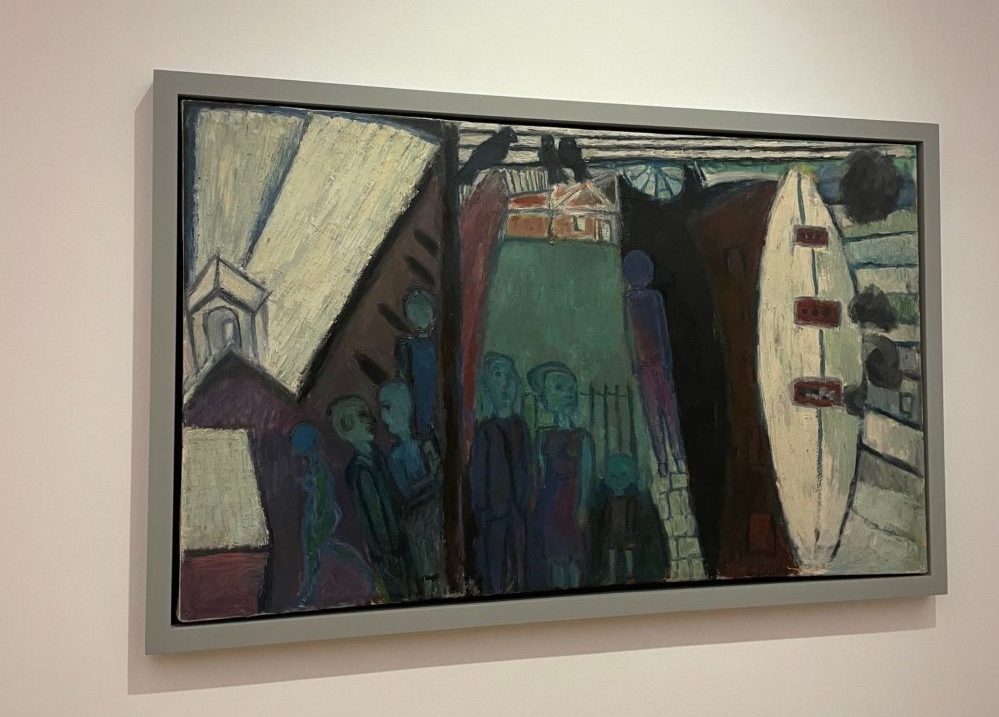
It asks us to rethink our preconceptions. What do we mean when we talk about the valleys and its communities? What are the stories from the local people and those who visit the area?
Dr Kath Davies, Director of Collections and Research at Amgueddfa Cymru – Museum Wales, said: ‘We’re delighted to share some of the stories of the south Wales Valleys in this new exhibition at National Museum Cardiff.”
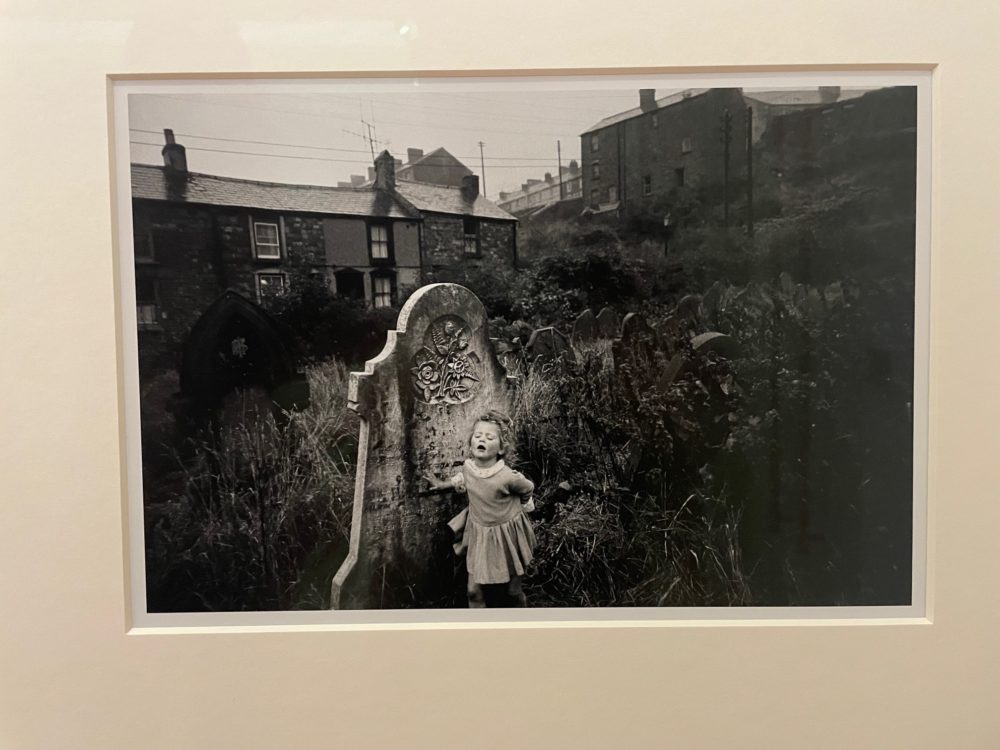
She added: “We’re inviting visitors to respond and reflect on their experiences of the Valleys, spark conversations and challenge stereotypes.
“In the 20th century, global forces brought huge economic and social challenges to Valleys communities. Artists responded to produce a unique and internationally important representation of working-class experience.
“Yet this visual tradition remains largely unknown. For the first time, Amgueddfa Cymru is exploring this important story through our national collection.”
The exhibition includes paintings, photography, film and applied art from over 60 artists including Penry Williams, Josef Herman, and Ernest Zobole, as well as introducing the work of collier artists and makers including Nicholas Evans and Illtyd David.
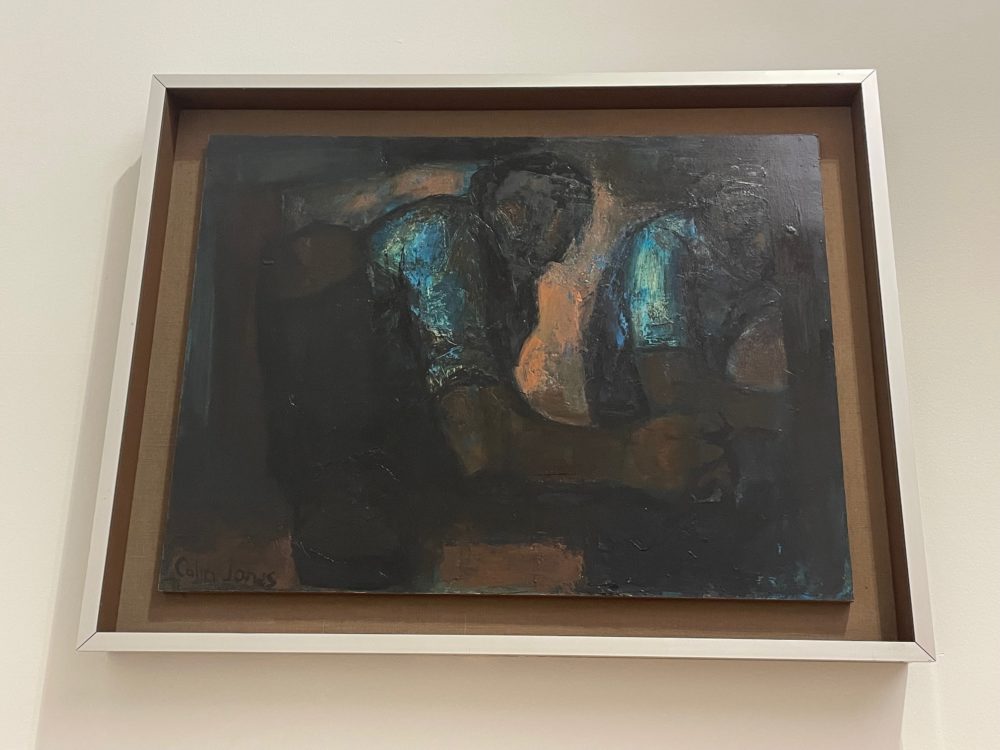
The exhibition also includes a group of new photography acquisitions, including important bodies of work by Tina Carr, Annemarie Schöne and Robert Frank which have been made possible thanks to generous support from Art Fund.
Nicholas Thornton, Head of Modern and Contemporary Art at Amgueddfa Cymru, said: ‘We’re excited to open this major exhibition which tells new stories about the south Wales Valleys through the art collections at Amgueddfa Cymru.”
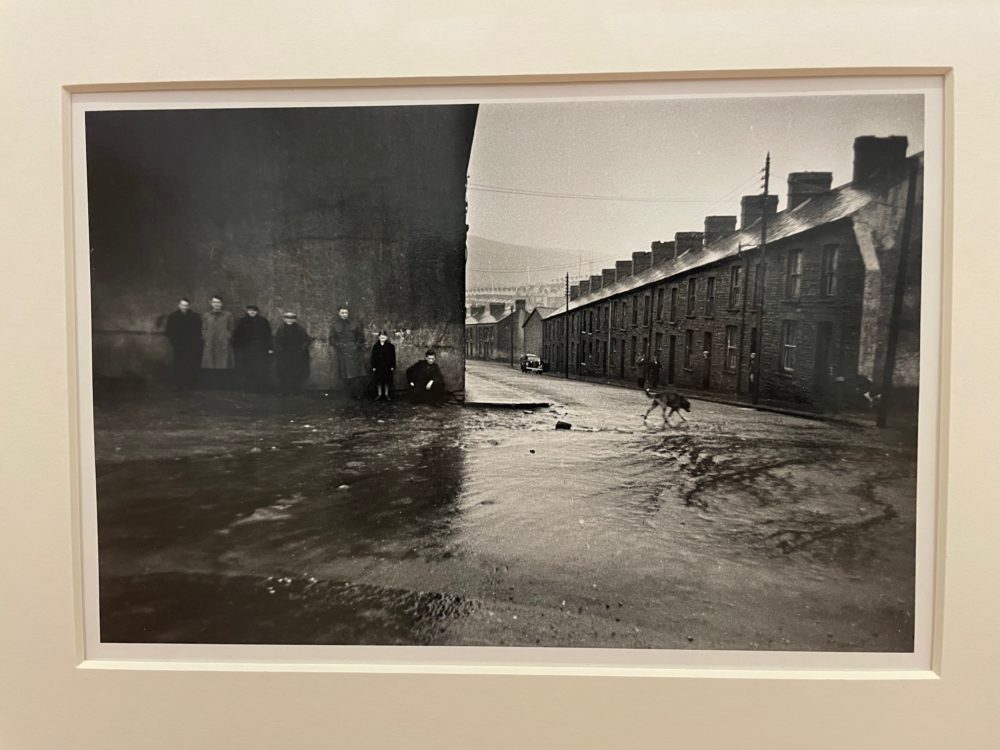
“The exhibition focuses on the people of the Valleys, the communities whose work, resilience and strong sense of place has been so central to one of the most important, and all too often overlooked visual traditions of the modern world.”
Lost and awakened
I spend way too much time looking at art online and in real life, and I’m no art reviewer, I simply look for a high, or to be moved, in the least self-destructive way possible (if spending money I don’t have doesn’t count).
The Valleys exhibition affected me in such a profound and lasting way that I just know I will be back a third time.
I can hand-on-heart say that this is one of the most touching experiences I’ve had in a museum, save perhaps for one other at IMMA by Emily Jacir that simply presented Palestinian artefacts that had been saved from destruction by Israelis… echoes of an erased state and people.
There are perhaps no parallels to be drawn with either, besides maybe a deep sense of loss, of the passing of time, of ancestral voices speaking through surviving works and words. And sometimes even holding our gaze.
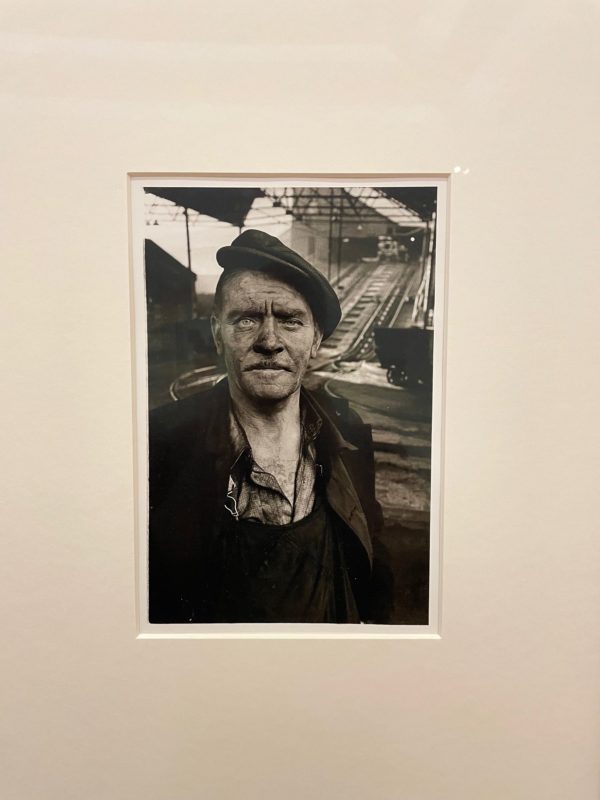
How soul stirring these images, these artefacts, these fleeting bursts of wonder are.
And what a joy to grasp them once again, to be transported back if only for a short while in an internationally important museum in Cardiff.
Hiraeth. Cynefin. Cymuned. Teulu.
Adre.
You must go if you can. Nothing I have written can come close to doing this force of an exhibition justice, but I’ve tried.
I had to.
Support our Nation today
For the price of a cup of coffee a month you can help us create an independent, not-for-profit, national news service for the people of Wales, by the people of Wales.





Having seen the exhibition today, I concur with every word. It’s not my own history, but outpourings of emotion for those who were part of it. Will visit again soon.